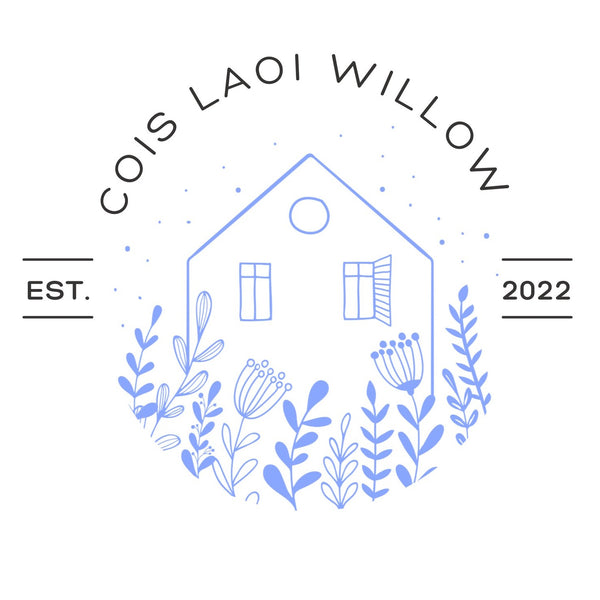Eco-Friendly Applications of Willow
Willow's sustainability extends beyond its growth rate and biodegradability. It finds its way into numerous eco-friendly applications that benefit both the environment and our daily lives.
- Willow Furniture and Decor
Willow furniture and decor items are eco-friendly alternatives to conventional wood and plastic products. From garden chairs to lampshades, willow's natural aesthetics lend an organic and rustic charm to your living space. These handcrafted pieces often require minimal processing and are biodegradable, ensuring they leave a minimal carbon footprint.
- Baskets and Containers
One of the most well-known uses of willow is in basketry. Willow's flexibility and strength make it perfect for crafting baskets of various shapes and sizes. These baskets serve a multitude of purposes, from carrying groceries to organizing household items. Additionally, they are durable, long-lasting, and environmentally friendly.
- Erosion Control and Landscaping
Willow's deep-rooted systems are excellent for stabilizing soil and preventing erosion. In landscaping, willow is often used to create living fences, windbreaks, and natural barriers. These plantings not only protect against soil erosion but also contribute to biodiversity by providing habitats for various wildlife.
- Biomass and Renewable Energy
Willow's rapid growth makes it an ideal candidate for biomass production. It can be cultivated as an energy crop and used for bioenergy production, such as producing heat and electricity. This reduces our reliance on fossil fuels and helps combat climate change.
- Natural Remedies
Willow trees contain salicylic acid, which is the precursor to aspirin. Traditionally, willow bark was used for its pain-relieving properties. Today, this natural source is still utilized in some herbal remedies and alternative medicine practices, offering a sustainable alternative to synthetic drugs.
- Art and Craft
Artists and craft enthusiasts often turn to willow for its versatility. Willow can be woven into intricate designs for sculpture and art projects, showcasing its aesthetic appeal and eco-friendly attributes.
- Sustainable Landscaping
Willow's adaptability and ability to thrive in wetland areas make it a valuable choice for wetland restoration projects. It helps improve water quality, provides habitat for wildlife, and enhances overall ecosystem health.
Incorporating willow into these applications not only supports sustainability but also promotes local craftsmanship and biodiversity. Moreover, the use of willow in these diverse areas highlights its remarkable ability to contribute positively to the environment while serving various practical purposes.
Conclusion
Willow, often overshadowed by more popular materials, emerges as a true sustainability champion. Its rapid growth, biodegradability, and versatility make it an eco-friendly choice for various applications, from furniture to erosion control. By embracing willow, we can reduce our environmental footprint and promote a greener, more sustainable future.
